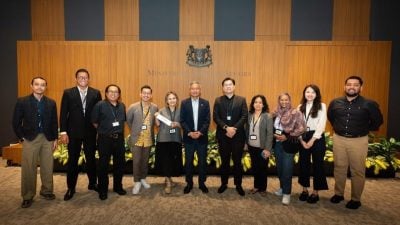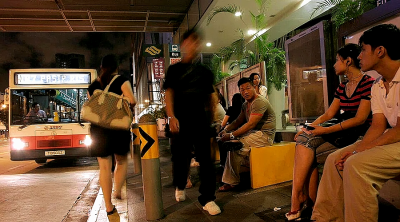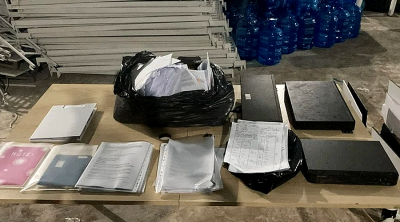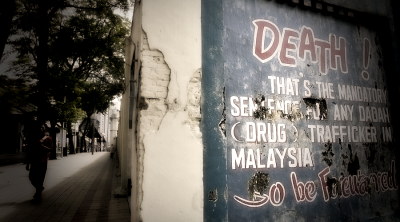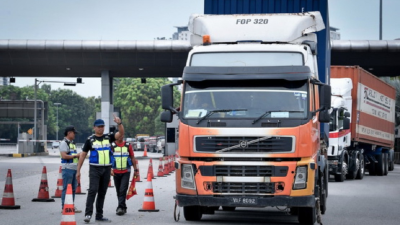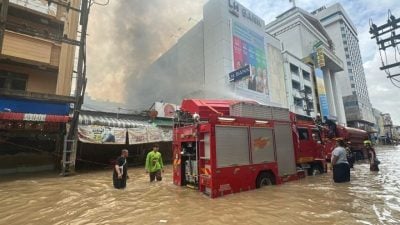By Lim Sue Goan, Sin Chew Daily
The national recovery council chairman Muhyiddin Yassin says Malaysians can expect to travel to other states latest by mid-October in view of the fact almost 90% of the country’s adult population has been immunized against the coronavirus.
The government’s purpose of allowing interstate travels and relaxation of existing restrictions is mainly to salvage the dampened economy, but its consequences are hard to predict.
Indeed, freedom to travel around will most definitely stimulate the economy, but interstate travels will invariably encourage gatherings. And with schools reopening in stages beginning next week, a conducive condition has been created to facilitate the spread of the deadly Delta variant.
The situation of the pandemic in this country has been fluctuating over the past two years. One of the reasons for this has been early relaxation of travel restrictions.
Health DG Dr Noor Hisham Abdullah said last May that there were 971 positive cases arising from interstate travels, and of the 49 infection clusters, 18 were related to it.
Between June 1 and July 16 this year, the health ministry detected 21 infection clusters related to interstate travels, giving rise to a total of 1,010 new cases out of 5,681 tests at 17.8% positivity rate.
Sure enough the situation now is different, as almost 90% of Malaysians have now been fully vaccinated. Nonetheless, the risk from untimely relaxation of rules remains high, Singapore being an excellent example.
Having initially attempted to wipe out virus infections with some success, Singapore has subsequently opted to “live with the virus”.
From August 10, the highly urbanized city-state started to gradually reopen its economic, social and travel activities in four stages to individuals who have been fully immunized against the virus. Unfortunately the number of new cases began to climb from late August.
On Sept 28, a record 2,236 new confirmed cases were reported in the republic, the first time new daily infections had breached the 2k threshold. The number is anticipated to soar beyond 3,200 by the end of this week.
Owing to the tremendous stress on the country’s healthcare system, Singapore authorities announced to tighten the anti-virus measures, including reducing the number of people allowed in social gatherings and restaurant dine-in to two, from five previously. Besides, the number of beds for treating COVID-19 patients has been increased from 1,000 to 1,600, while the booster immunization program will be expanded to include also Singapore residents aged between 50 and 59 effective Oct 4.
In the meantime, working from home will become the default for employees able to do so, while primary school students revert to remote learning mode.
 Although more than 80% of Singapore’s population has been fully vaccinated, the number of Covid-related deaths is rising steadily, including five more cases involving senior citizens on Tuesday, two of whom had been fully vaccinated while one had only received one dose of the vaccine. 30 people have died of the virus in Singapore this month alone.
Although more than 80% of Singapore’s population has been fully vaccinated, the number of Covid-related deaths is rising steadily, including five more cases involving senior citizens on Tuesday, two of whom had been fully vaccinated while one had only received one dose of the vaccine. 30 people have died of the virus in Singapore this month alone.
Singapore is a rapidly aging society. The percentage of people aged 65 and above has risen to 16.8% from 10.1% in 2010. Many of the senior citizens are facing some forms of health issues, and as such the “live with the virus” strategy will put these people under real menace.
Following the adoption of mass screening strategy for its population, Singapore no longer tracks down close contacts. Singaporeans can now conduct regular self screening tests with various fast and easy kits available in the market, while those testing positive can go on home quarantine and recovery.
It is wrong for the Singapore minister to think that COVID-19 is nothing horrible. The virus still kills!
Now look back at the situation here in Malaysia. Although the health ministry has reiterated that overwhelming majority of the new cases are either asymptomatic or with very light symptoms, given the country’s high vaccination rate, the daily death numbers are still staggering.
We reported 240 new deaths on Sept 28, including 71 BIDs (bought-in-dead), 258 deaths and 75 BIDs on Sept 27, and 278 deaths and 99 BIDs on Sept 26.
Why are there so many BID cases? Could it be those testing positive with home screening kits have failed to report to the authorities or they died while undergoing treatment at home?
If people testing positive fail to report to the authorities, it will never accurately reflect the current situation. These people could still spread the virus within their own communities.
Even though the ICU occupancy rate has fallen to 64% nationwide, the government needs to remarkably lower the number of deaths, or we will have to pay a hefty price for living with the virus.
Meanwhile, the efficacy of COVID-19 vaccines remains unpredictable. Of the 620 deaths reported between Sept 19 and 25, 51% or 318 cases involved unvaccinated individuals and 49% or 302 cases had received at least one dose of the vaccine, 183 of whom fully vaccinated.
We have so far ordered 87.9 million doses from six vaccine suppliers, sufficient to cover 142.8% of the country’s population but not enough to administer a third booster dose to everyone. We have to procure more in order to effectively check the advances of the mutant variants.
The preconditions for the implementation of “living with the virus” strategy are extremely low mortality rate and absence of severe complications post-recovery, so that people will feel at ease living with the virus.
Obviously we still have a long way to go at this juncture.
ADVERTISEMENT
ADVERTISEMENT






